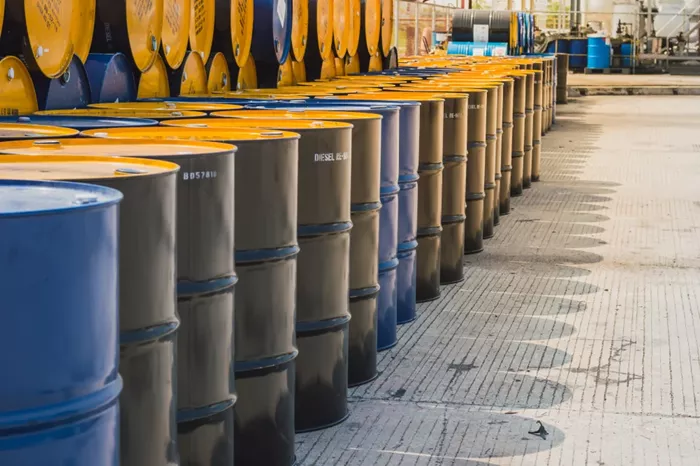Global oil demand is anticipated to reach its zenith within this decade, resulting in a surplus of millions of barrels per day and leading to a reduction in production within a few years, according to a recent analysis by the International Energy Agency (IEA).
“Growth in the world’s demand for oil is expected to slow in the coming years as energy transitions advance,” the IEA stated. Simultaneously, global oil production is projected to increase, pushing the oversupply to a “staggering” eight million barrels per day, a level “unseen outside of the COVID crisis.” Consequently, this production growth is expected to lose momentum and contract towards the decade’s end.
The Energy Mix Weekender highlighted that this report signals the impending decline of Big Oil.
The IEA’s analysis forecasts oil production nearing 106 million barrels per day by the time it stabilizes at the decade’s end. Daily output is expected to rise by 3.2 million barrels between 2023 and 2030 unless more robust policy measures are enacted or behavioral changes occur. Demand from rapidly growing Asian economies, along with the aviation and petrochemical sectors, is set to drive oil use higher in the coming years, the Paris-based agency noted.
However, these gains will be increasingly offset by factors such as the rising sales of electric cars, improvements in fuel efficiency for conventional vehicles, a decline in oil use for electricity generation in the Middle East, and structural economic shifts.
In advanced economies, oil demand is projected to continue its decades-long decline, decreasing from nearly 46 million barrels per day in 2023 to less than 43 million barrels per day by 2030. Apart from the pandemic period, the last time oil demand from advanced economies was this low was in 1991.
“As the pandemic rebound loses steam, clean energy transitions advance, and the structure of China’s economy shifts, global oil demand growth is slowing down and set to peak by 2030,” stated IEA Executive Director Fatih Birol. With a significant oil surplus on the horizon, he advised oil companies to ensure their business strategies and plans are
adapted to the evolving market conditions.
The report emphasizes the need for stronger energy transition and emission reduction policies globally. The decline in demand has already prompted Saudi Arabia to pause its planned increase in crude oil capacity, redirecting its focus towards feedstocks for plastics and petrochemicals. The IEA’s executive summary highlighted that amid these structural changes in supply and demand, the global oil market outlook faces additional uncertainties from weaker macroeconomic expectations, new government policies, regulations to expedite the energy transition, and an unprecedented level of investment in more efficient technologies.
In response to the IEA’s report, the Organization of the Petroleum Exporting Countries (OPEC) criticized it as an “unrealistic scenario” and a “dangerous commentary, especially for consumers,” warning that it could lead to energy volatility on an unprecedented scale. The IEA predicts stagnation in production growth from OPEC and its allies through 2030, with most of the limited expansion coming from non-OPEC countries.
Related topics:
Oil Prices Dip in Asian Trade Amid Global Demand Concerns

